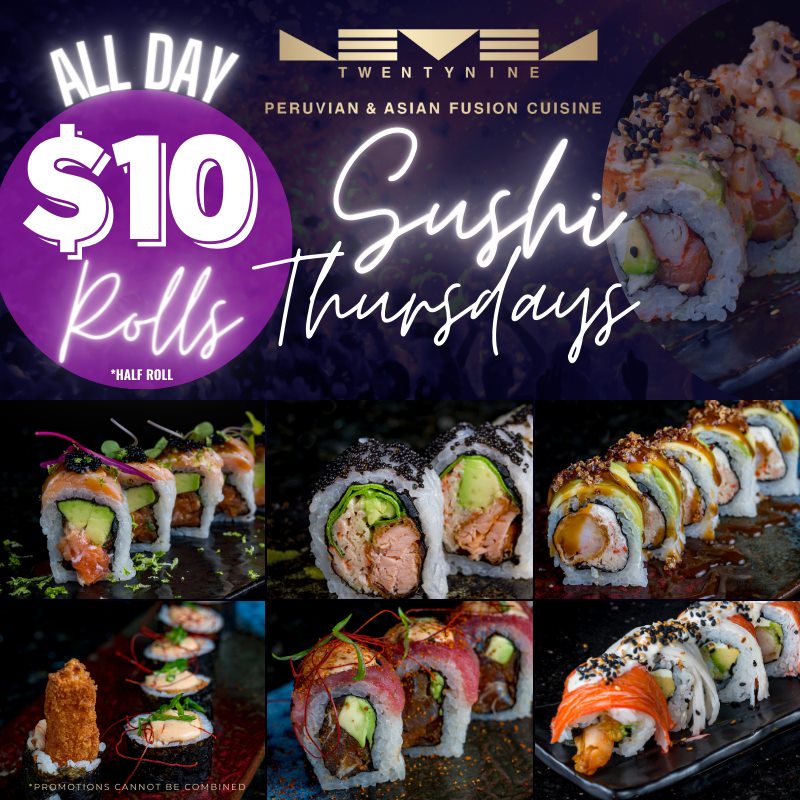‘Nikkei’ is a word used to describe people of Japanese descent who live as immigrants in another country; however, nowadays when people say the word Nikkei, they’re quite possibly referring to a type of cuisine. Nikkei food is a delicious combination of both Japanese and Peruvian ingredients – a cooking style which dates back to the turn of the century -and has influenced chefs all over the world. Here is a brief overview of the history of Nikkei, some of the best places you can get it, and what the future has in store.
The story begins on April 3, 1899, when the first ship of Japanese migrants arrived in Peru carrying 790 passengers looking for work on sugar plantations. Theirs is a story of strife and hardship, but also of triumph. Despite enduring hard labor in an unknown country, by the time their children had come of age, the Japanese immigrants had already become a significant part of the Peruvian community. Japanese-Peruvians quickly owned small businesses, including shops, hair salons, and of course, restaurants.
Nikkei cuisine stands before the world as a monument to their success, as Nikkei food combines elements of Peru and Japan with distinct techniques to create something wonderful.
One of the major ways in which the Japanese influenced Peruvian cooking is by introducing seafood into their diet. Before the Japanese arrived, seafood did not make a regular appearance on the diet of the average Peruvian. Fish was on the menu if nothing else was available. Otherwise, locals fed scallops, mussels, and tuna to their dogs. Octopuses were left lying on the shore.
Seafood has been a staple of the Japanese diet for centuries, and the immigrants relished this near untouched surplus, often eating it raw as they did in their homeland. Meanwhile, Peruvian ingredients such as lime, corn, chili, cassava and potatoes went into forming the core of Nikkei food. Experts note how well the foods of these two cultures go together. The chili-soy flavor combination appears to be a perfect match. What was created out of necessity during a difficult chapter in history has now become a worldwide phenomenon.
Oddly enough, even in Peru, few people are familiar with Nikkei cuisine or its history, despite the fact that Peruvians eat Japanese influenced food on a daily basis. Even fewer people outside the country have heard of this style of cooking.
In the 90s, when Nikkei chefs tried showing their dishes to the world, many wrote the style off as just another fad. Few understood its cultural heritage. However, persistent chefs like Nobu Matsuhisa and Mitsuharu Tsumura are breaking through the veil, and Nikkei food is slowly becoming recognized for the powerhouse that it is.
Trial very often leads to innovation and creativity. Nikkei is a long-standing testament to that fact. From a survival technique to a global community, Nikkei cuisine has stood the test of time, and after waiting in obscurity for years, it is gaining international recognition thanks to dedicated chefs championing the cause. The story of Nikkei cuisine is just getting started. To what heights it will ascend remains to be seen and how future creators will interpret this rich, cultural tradition is a mystery.
The first documented Chinese immigrants arrived in 1849 and worked in railroad construction, coastal sugar plantations, mines and guano extraction. Chifa took off after an influx of Chinese immigrants arrived in the late 19th and early 20th centuries, bringing their tasty cuisine with them.
Chinese food became so popular in Peru that it began to influence traditional Peruvian and Andean dishes. The fusion emerged as a whole new authentic Peruvian cuisine known as chifa, which includes dishes like soups, stir fries, fried rice, noodles and tangy sauces.
Chinese food is only called chifa in Peru. This uniquely Peruvian term is thought to have originated from the Cantonese phrase 饎飯, which roughly translates to “cooked rice”.
The Chinese introduced new ingredients to Peru. Classic East Asian ingredients like ginger, scallions and soy sauce were introduced to Peruvian cuisine for the first time. Chifa dishes were made using these ingredients, plus traditional Peruvian ingredients like pineapple, potatoes and aji amarillo, a paste made from yellow chilli peppers.
The first Chinese–Peruvian fusion food restaurants opened in Lima around 1920. They were given the name chifa and from that moment, Peruvians fell in love with this amazing culinary coupling! While chifa is quintessentially Peruvian, Chinese immigrants have since opened chifa restaurants in neighbouring countries like Ecuador, Bolivia and Chile.
Chifa restaurants aren’t the only places that serve chifa. You don’t have to go to a specialty chifa restaurant to taste the chifa favourites. You can find it absolutely everywhere, in regions all over the country. It’s especially easy to find lomo saltado, one of the most popular chifa dishes served in almost every restaurant in Lima.
Sunday is the most popular day to eat Chifa.

